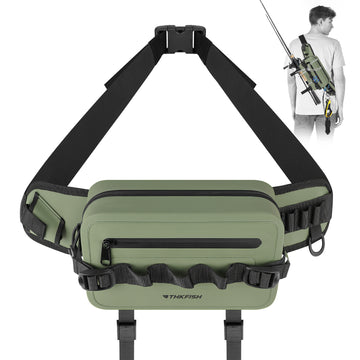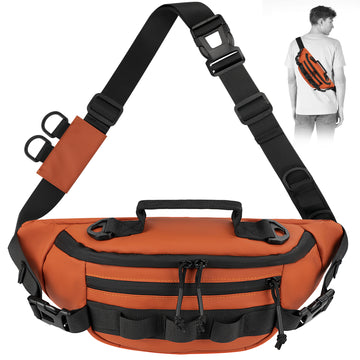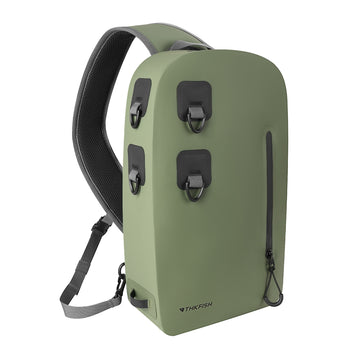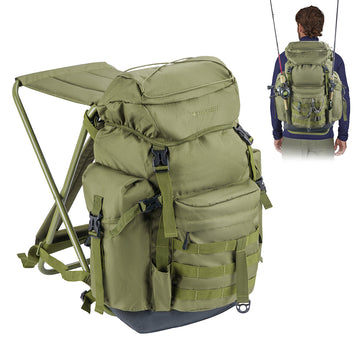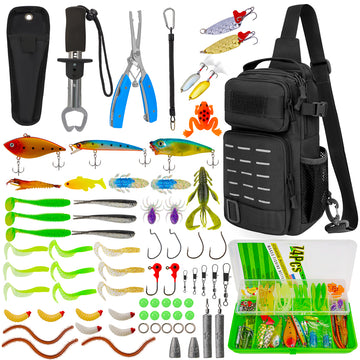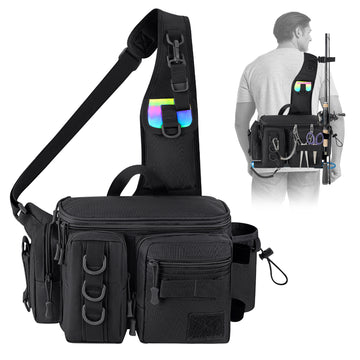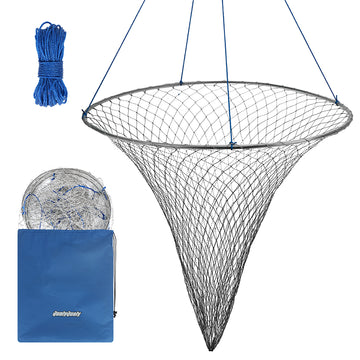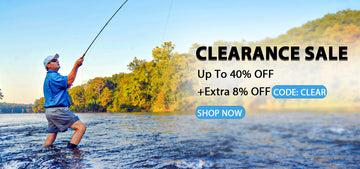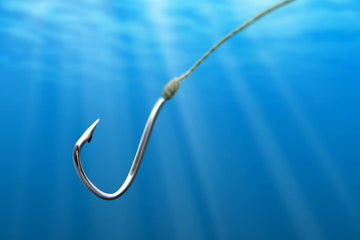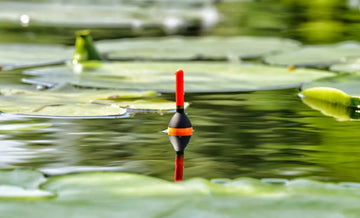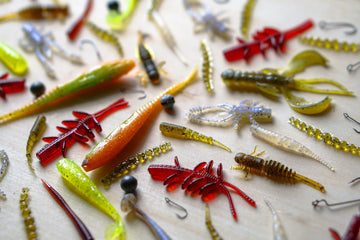
When it comes to fishing, having the right lure can make all the difference. Whether you're a seasoned angler or just starting out, understanding the different types of fishing lures and how to use them can greatly improve your chances of success. In this blog post, we'll explore the world of fishing lures and provide you with valuable insights to help you choose the perfect lure for your next fishing adventure.
What are Fishing Lures and Why are They Important?
Fishing lures are artificial baits designed to attract fish. They come in various shapes, sizes, and colors, each serving a specific purpose. Lures are important because they mimic the natural prey of fish, enticing them to strike. By choosing the right lure, you can effectively target specific fish species and increase your chances of a successful catch.
Types of Fishing Lures
1. Spinnerbaits: These lures have metal blades that spin as you retrieve them through the water. They create vibrations and flashes that attract fish.
2. Crankbaits: Crankbaits are designed to imitate small fish. They have a diving lip that allows them to dive to specific depths, making them ideal for targeting fish at different water levels.
3. Jigs: Jigs consist of a weighted head and a hook. They are versatile lures that can be used in various fishing techniques, such as jigging or flipping.
4. Soft Plastics: Soft plastic lures come in the form of worms, grubs, or creature baits. They are made of soft, flexible materials that mimic the texture and movement of real prey.
5. Topwater Lures: These lures are designed to float on the water's surface and create enticing movements. They are perfect for attracting fish that feed near the surface, such as bass or trout.
Choosing the Right Fishing Lure
When choosing a fishing lure, several factors come into play:
1. Target Fish Species: Consider the type of fish you want to catch. Different fish have different feeding habits and preferences, so choose a lure that matches their natural prey.
2. Water Conditions: Take into account the water clarity, temperature, and depth. These factors can influence the fish's behavior and determine the most effective lure to use.
3. Lure Presentation: Pay attention to how the lure moves and behaves in the water. Some fish may be attracted to fast, erratic movements, while others prefer slow and subtle actions.
4. Color and Size: Experiment with different colors and sizes to find what works best in a particular fishing spot. Bright colors can be more visible in murky water, while natural colors may be more effective in clear water.
Tips for Using Fishing Lures
1. Observe and Adapt: Pay attention to the fish's response and adjust your technique accordingly. If they are not biting, try changing the speed, depth, or lure type.
2. Match the Hatch: Take note of the insects or baitfish present in the area and choose a lure that closely resembles them. Fish are more likely to strike something that looks familiar.
3. Practice Patience: Fishing with lures requires patience and persistence. It may take some time to figure out what works best in a specific location, so don't get discouraged if you don't catch anything right away.
4. Keep Your Lures Organized: Invest in a tackle box or organizer to keep your lures neatly arranged and easily accessible. This will save you time and prevent tangles or damage to your lures.
Remember, fishing lures are just one piece of the puzzle. Factors such as weather conditions, fishing techniques, and angler skills also play a significant role in a successful fishing trip. So, get out there, experiment with different lures, and enjoy the thrill of reeling in your next big catch!
